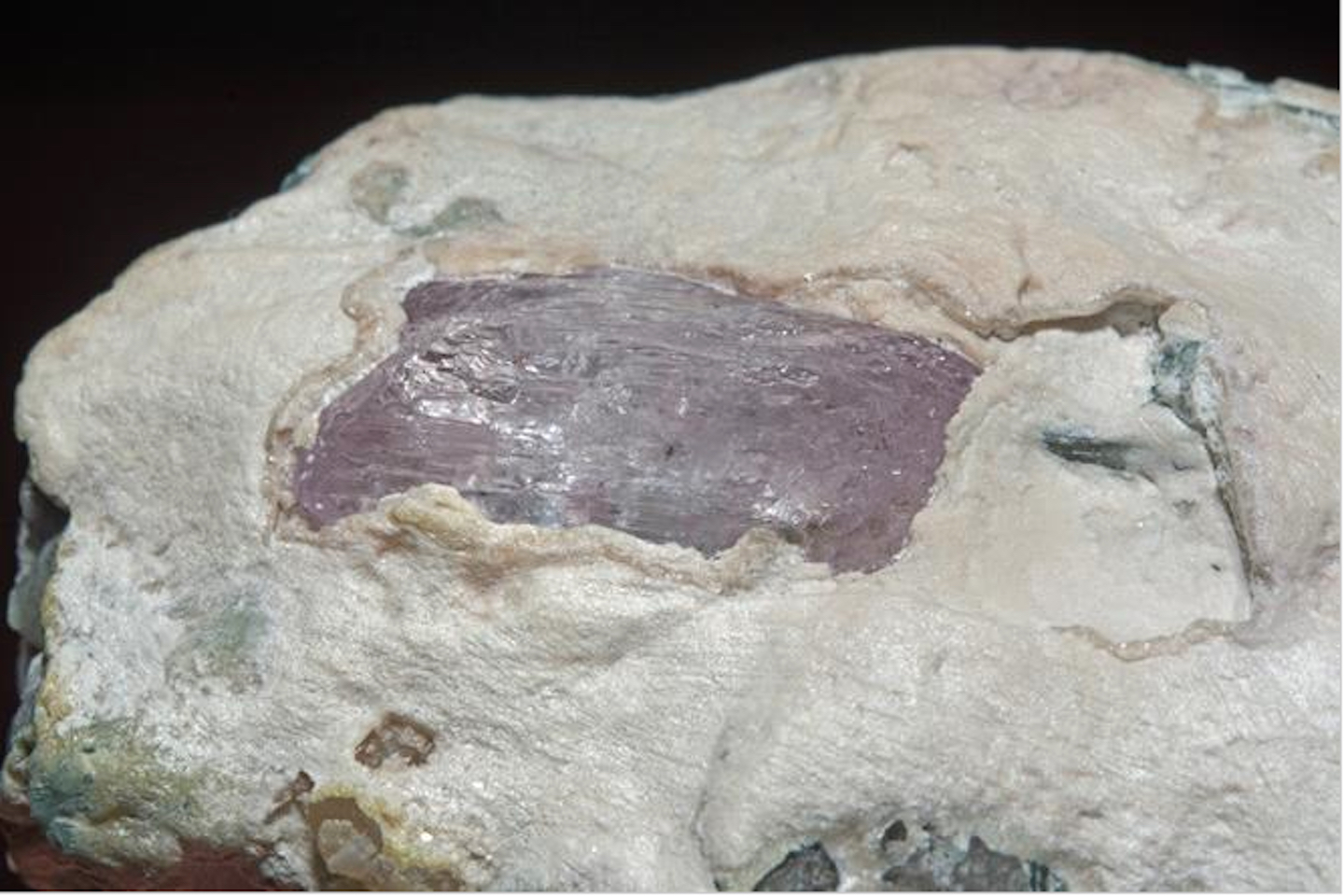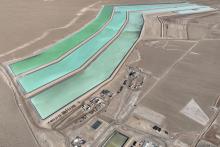Galan Lithium is probing deeper into its Greenbushes South project in WA’s South West with a successful geophysical pilot study indicating possible pegmatites at depth. A soil sampling program is underway and conservation management plans have been submitted for a widened exploration program. The Greenbushes South lithium project is a joint venture between Galan Lithium who holds 80 per cent and Lithium Australia who has 20 per cent.


Galan Lithium is probing deeper into its Greenbushes South project in WA’s South West with a successful geophysical pilot study indicating possible pegmatites at depth. A soil sampling program is underway and conservation management plans have been submitted for a widened exploration program. The Greenbushes South lithium project is a joint venture between Galan Lithium who holds 80 per cent and Lithium Australia who has 20 per cent.
Galan contracted UltraMag Geophysics for a pilot survey spanning four lines and approximately 5km of deep ground penetrating radar surveys last month. The survey lines were undertaken perpendicular to the inferred trace of the Donnybrook-Bridgetown Shear Zone or the “DBSZ”- that hosts the revered Greenbushes lithium deposit. The preliminary results confirm the method was successful in being able to penetrate to about 40 or 50m in depth and it effectively mapped the presence of the DBSZ to depth and importantly, three potential blind pegmatite-like targets at depth.
The company says the general location of the possible pegmatite targets corresponds well with previously determined geochemical anomalies of pathfinder elements in historical surface soil assays. Future surveys will follow up on the pegmatite’s targets at depth.
Galan is also conducting an ongoing soil sampling program focused on the surface expression of the DBSZ which is a steeply dipping, north-south trending shear zone that controls pegmatite emplacement at the nearby Greenbushes mine to the north.
The company is awaiting the assay results of over 400 soil samples.
Conservation management plans have recently been submitted to the relevant government department to extend the company’s access to the DBSZ. Once approved, Galan will undertake further soil sampling, geophysical, and air-core drilling programs.
Additionally, Galan is planning future high-resolution magnetic surveys to identify the target boundaries and scale and will investigate if the program could incorporate other geophysical methods. Combined with the historical data, these initial surveys will assist future targeted soil and geophysical surveys along the DBSZ with identification of potential blind pegmatite bodies.
Commenting on the exploration progress at Greenbushes, Galan Managing Director, Juan Pablo Vargas de la Vega said: “These geophysical results are exciting as we continue to progress and move forward with exploration on our key tenement holdings in the area. Whilst the identified potential targets on our Greenbushes South JV ground certainly gives us something to smile about, there is more to do to firm up the big geological picture of the system before we can commence drilling. The new data keeps indicating that our tenements are highly prospective for lithium given their proximity to the Greenbushes mine. We look forward to updating the market once more data has been gathered from our new geophysics and soil sampling results.”
Back in January 2021, Galan entered a sale and joint venture with Lithium Australia for an 80 per cent interest in the Greenbushes South Lithium project which is located 200km south of Perth, WA. The project spans a massive 353 square kilometres and is only 3km south of the current Greenbushes open pit mining operations that is generally considered to be the biggest and best hard rock lithium mine in the world today.
It is thought to account for some 40 per cent of the world’s current lithium supply. Interestingly, the site where tin and tantalite mining started in the 1890s is one of Australia’s longest continuously operated mines. The Greenbushes pegmatites belong to the lithium-caesium-tantalum family and consist of a large main zone over 3kms long and up to 300m wide with numerous smaller pegmatite dykes and pods flanking the main body. The Greenbushes pegmatites are mineralogically zoned in a lenticular interfingering style along strike and down dip. The lithium zone is over a massive 2km long and enriched with the lithium-bearing mineral spodumene, which often makes up 50 per cent of the rock, making it unique from many other rare-metal pegmatites.
ASX-listed mid-tier miner IGO stumped up a serious $1.4 billion earlier this year for a 49 per cent stake in Greenbushes JV partner Tianqi Lithium Energy Australia – giving it 25 per cent of Greenbushes and 49 per cent of Tianqi’s Kwinana lithium processing plant south of Perth.
Galan’s earlier review of historical data sets indicated a “well-defined footprint of anomalous concentrations of pathfinder elements surrounding the Greenbushes mine and along its host structure”, the DBSZ. Additionally, previous soil samples and rock chip samples taken perpendicular to the strike of the DBSZ returned arsenic concentrations up to 574 parts per million, antimony up to 16ppm antimony and tin up to 12ppm. Other samples taken from previously mapped pegmatite outcrops were said to have concentrations of up to 27ppm tin.
The Greenbushes South lithium pegmatite project provides Galan with a desirable counterweight to its significant emerging Hombre Muerto West lithium brine project on the other side of the world in South America’s revered “Lithium Triangle”.
As with the Lithium Triangle, Galan could not hope to be in a better lithium neighbourhood in WA than Greenbushes.
Is your ASX-listed company doing something interesting? Contact: matt.birney@businessnews.com.au












